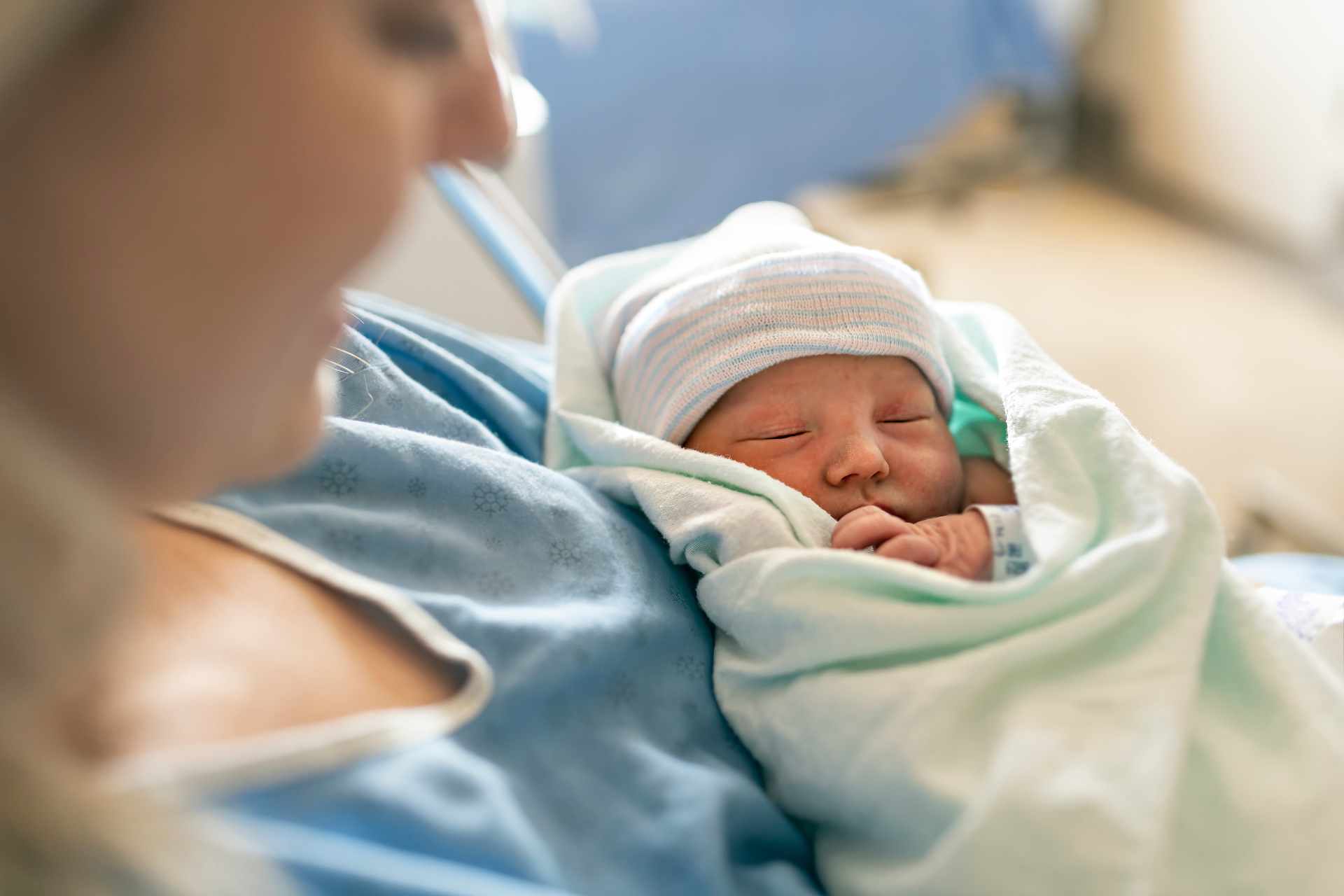What is already known
Scientists have known that babies receive essential microbes from their mothers’ vagina during birth as well as through breastmilk later in life. But it’s unclear if a mother’s skin or mouth microbiotas are also transmitted to infants.
What this research adds
Researchers collected microbiota samples from 120 Dutch mothers and their babies. Regardless of birth mode, nearly 60% of a baby’s microbiota is derived from its mother. Although babies born through a Cesarean-section received fewer microbes from their mother’s vaginal and fecal microbiotas, they acquired more microbes from breastmilk.
Conclusions
The findings suggest that mothers transmit bacteria to their infants through multiple routes — a process that ensures that babies receive essential microbes.
Several studies have suggested that babies born through a Cesarean-section miss out on essential microbes, but new research may upend this idea.
An analysis of microbiota samples from 120 mothers and their babies, published in Cell Host & Microbe, suggests that mothers transmit bacteria to their infants through multiple routes. This process may ensure that babies receive essential microbes, the authors say.
“We saw that many niches of the mother are important for the transmission of microbes, and if some of these pathways are blocked for one reason or another — in this case, we saw that happening with the cesarean section — then these microbes can still reach the infant through other paths,” says study senior author Wouter de Steenhuijsen Piters at the University Medical Center Utrecht.
Scientists have known that a baby’s first microbes are seeded during birth. Delivery mode plays a key role in determining the infant gut microbiota: for example, babies born through a Cesarean-section have lower levels of health-promoting bacteria such as Bifidobacterium and Bacteroides than babies born vagially.
Infants also receive maternal bacteria through breastmilk, but it’s unclear whether and how a mother’s skin or mouth microbiotas are transmitted to infants. To analyze how the microbiota develops during the first month of life, de Steenhuijsen Piters and his team collected microbiota samples from 120 Dutch mothers and their babies.
Seeding microbes
The researchers collected skin, nose, saliva and gut microbiota samples from babies two hours after they were born and when they were one day old, one week old, two weeks old, and one month old.
The team also collected skin, breastmilk, nose, throat, fecal and vaginal microbiota samples from the mothers to determine which of these sources seeded the infants’ microbes. Then, the researchers analyzed how factors such as mode of delivery, antibiotic use and breastfeeding influenced microbiota transfer.
In some babies, the team observed a gradual increase in microbial diversity in stools over the first month of life. Other babies had a high initial microbiota diversity in the upper part of the pharynx, the saliva and the skin, followed by rapid selection over the first few days of life, after which diversity gradually increased again.
Compensatory routes
Regardless of birth mode, about 59% of a baby’s microbiota was derived from its mother, the researchers found. While babies born vaginally had a higher transfer rate of Bifidobacterium species compared to C-section infants, breastmilk microbiota had a larger impact on infant gut microbiota in babies born through a C-section than in those born vaginally.
“Together, these results imply that microbiota transmission from mother to infant occurs via different routes and that the overall impact of an individual community may depend on the presence or absence of other seeding routes, suggesting auxiliary pathways of seeding,” the researchers say.
“Microbiome transfer and development are so important that evolution has ensured that those microbes are transferred one or another way from mother to child,” says study first author Debby Bogaert. “Breastfeeding becomes even more important for children born by cesarean section who do not receive gut and vaginal microbes from their mom.”
Next, the researchers plan to study how non-maternal factors influence the development of the infant microbiota, and how it relates to long-term health. “In the future, we might be able to utilize this knowledge to help prevent, diagnose, or treat health problems,” Bogaert says.











